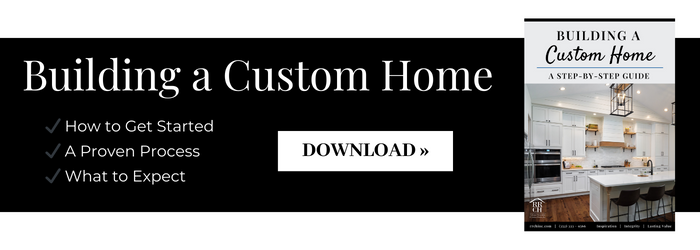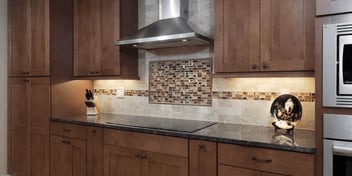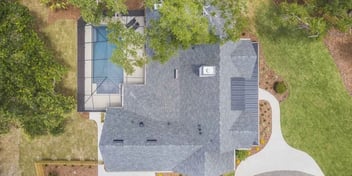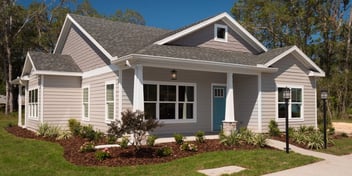3 Min Read
Why Custom Home Build Bids Can Be Different
When you’re getting custom home bids, you’re going to find that there is often quite a bit of difference in cost between those bids. This gets confusing because you rightly assume that there should be consistency between builders. When one bid comes in significantly higher in the cost per square foot, should you dismiss it and go with a cheaper option?
Not necessarily. Before making any decisions about the bids you receive, you need to take a closer look at what those bids mean. Here’s a closer look at how to bid on new home construction in a way that you understand the answers you receive.
What Does a New Home Builder's Bid Include
In order to understand why there is such a difference between new home construction bids, you must understand what they entail. Some commonalities you should see between bids include these:
1. Allowances
Allowances give the builder some room in the costs for items that they can't yet priced. For example, if you haven’t chosen your flooring, you will have an allowance for that. This is one area where the prices can vary quite a bit.
Sometimes the low bids will have a small allowance, but this becomes problematic. When you want luxury plank flooring instead of standard flooring, you may not have enough money in the budget for it, or the actual construction costs will go above the estimate.
2. Fixtures
Fixtures refer to the items the builders install while building the home. Everything from plumbing fixtures to lighting falls into this category. There can be some overlap between fixtures and allowances, as the actual cost for some fixtures is not known during the bidding process.
3. Millwork
Millwork is the wood items in the home, like the cabinets, crown molding, railings, and similar decorative and functional elements. A low cost for millwork in your bid could mean less quality or fewer details in the finished millwork, so keep this in mind when evaluating bids.
4. Furnish and Install (F&I)
This is another part of the bid that has a lot of room for differences. This term refers to the items the builder will obtain and install. If an item says “owner furnished” or “install only,” then part or all of the cost falls on your shoulders as the owner. Read the bid carefully to make sure everything is furnished and installed by the builder, or that you are aware of this difference in order to effectively anticipate the final costs.
5. Specific Exclusions
This section of the bid tells the home’s owner the items the contractor is unwilling to do. Sometimes these are to control costs. There are many reasons that a builder will have exclusions, but make sure you understand what they are.
6. Specifications
Here, your builder will detail specifics about the project. This might include the size, manufacturer, and dimensions of various aspects of the project.
7. Material Grade
Building materials come in different grades. Builder-grade materials are the standard materials most builders use. These aren’t necessarily poor quality, and they can help make the budget work in some areas of the bid.
Special or custom grade materials are above builder grade. A bid that includes quite a few of these will come in higher than one that does not, but the end result will be a more customized, beautiful home.
8. Other Features
When you are getting bids for construction, make sure you realize that there are other features that can be part of the process, and increase the bid amount. At Robinson Renovation & Custom Homes, we'll want to speak to you about the particulars of your land. The more details that are understood and discussed beforehand, the more comprehensive and complete the bid will be. Necessary things to consider include soil conditions, utility service to the building site, etc.
Get Multiple Bids, and Read Them Thoroughly
Because there are so many potential differences, getting multiple bids is vital when choosing a custom home builder. Aim for 3 bids to give yourself some room to compare. Then, read carefully to see what they include. Remember, the lowest bid is usually low because it does not include any customizations, extensive site preparation, or special quality materials. Also, compare the timelines to ensure they fit your needs and ask plenty of questions.
The Bottom Line? Cost Per Square Foot Isn’t the End of the Story
It’s easy to get caught up in the cost per square foot, but that’s only one component of a custom home build bid. Make sure your home bid has all the features you want and enough allowances and customizations. With Robinson Renovation & Custom Homes, you will. Get in touch today to start the process.




